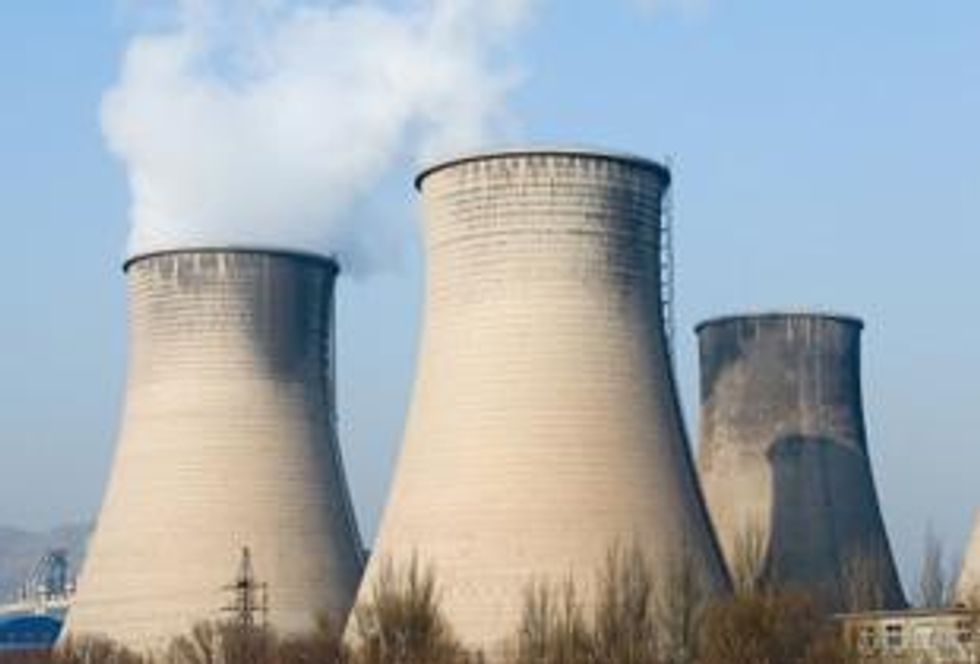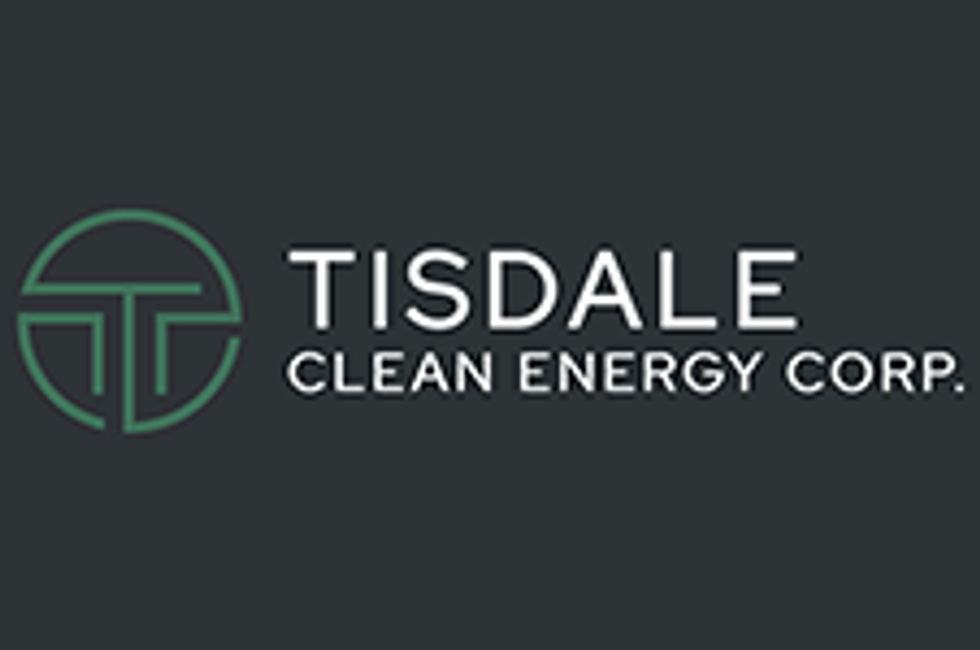- AustraliaNorth AmericaWorld
Investing News NetworkYour trusted source for investing success
Fireweed Metals
Cyclone Metals
Lancaster Resources
Element79 Gold Corp.
- Lithium Outlook
- Oil and Gas Outlook
- Gold Outlook Report
- Uranium Outlook
- Rare Earths Outlook
- All Outlook Reports
- Top Generative AI Stocks
- Top EV Stocks
- Biggest AI Companies
- Biggest Blockchain Stocks
- Biggest Cryptocurrency-mining Stocks
- Biggest Cybersecurity Companies
- Biggest Robotics Companies
- Biggest Social Media Companies
- Biggest Technology ETFs
- Artificial Intellgience ETFs
- Robotics ETFs
- Canadian Cryptocurrency ETFs
- Artificial Intelligence Outlook
- EV Outlook
- Cleantech Outlook
- Crypto Outlook
- Tech Outlook
- All Market Outlook Reports
- Cannabis Weekly Round-Up
- Top Alzheimer's Treatment Stocks
- Top Biotech Stocks
- Top Plant-based Food Stocks
- Biggest Cannabis Stocks
- Biggest Pharma Stocks
- Longevity Stocks to Watch
- Psychedelics Stocks to Watch
- Top Cobalt Stocks
- Small Biotech ETFs to Watch
- Top Life Science ETFs
- Biggest Pharmaceutical ETFs
- Life Science Outlook
- Biotech Outlook
- Cannabis Outlook
- Pharma Outlook
- Psychedelics Outlook
- All Market Outlook Reports
In this post-Fukushima world, uranium investors need to remember a key fact about the U3O8 spot price: utilities are not responsible for the recent noteworthy decline to just over $40 per pound — the lowest weekly level since March 2010, a full year before Fukushima.
During recent conference calls with analysts to discuss quarterly financial statements, both Uranium One (TSX:UUU) and Paladin Energy (TSX:PDN,ASX:PDN) said traders and financial entities, plus a few producers, account for much of the recent spot volume.
As Uranium One observed in a November 5 press release on Q3 financials, “[s]elling activity has been dominated by producers closing sales for year-end cash flow, and by traders unwinding long positions or engaged in short-selling.”
Meanwhile, Paladin said last week that spot buying by brokers, traders and financial entities continues to increase, and that those market players have accounted for more than 40 percent of all purchasing since 2008. At the same time, utilities have accounted for less of that spot buying for several years.
Don’t get me wrong. Monitoring the U3O8 price is a quick and easy way for investors to take the pulse of the uranium market. And yes, producers generate revenue (and those lovely dividends) from supply contracts that can be based on that price.
But it’s just one diagnostic test and it clearly doesn’t give investors a complete picture of the market’s health — which, let’s face it, is more about producers and utility end users than speculators, who have a different set of near-term financial priorities than investors.
A better indicator are mid- and long-term prices, which have remained in the $50s and $60s, respectively, for several months. It may surprise some uranium investors to know that two years ago, term prices were at roughly the same levels as they are today.
And while term buying has been quiet for most of 2012 Paladin, for one, expects that to change in 2013.
“We’ve seen some North American utilities enter the market already, and several have said after the first of the year they expect to look for term contracts,” a Paladin executive told analysts during last week’s conference call. “We think that will help both the long-term and spot price move up.”
The executive wasn’t talking about China, Russia, India, Brazil, the United Arab Emirates or any of the other countries where nuclear energy is expected to grow and somehow “rescue” uranium from its post-Fukushima slump.
No, he was talking about North America, the largest, most mature nuclear market in the world. When utilities in the US and Canada start signing long-term contracts again, so will utilities everywhere.
And when spot volume dries up for the rest of year — and it will, because the holiday season is upon us and people have other things on their mind — please don’t panic. Instead, remember that it’s temporary and meaningless, and that term prices are solid. And take the medication. It will help with that spot price obsession.
Securities Disclosure: I, Andrea Jennetta, hold no direct investment interest in any company mentioned in this article.
Andrea Jennetta is the owner and president of International Nuclear Associates, Inc., the publisher of Fuel Cycle Week. She has 25 years working in the nuclear fuel cycle. Andrea’s cynicism can be traced to her first job in the industry as a Department of Energy contractor (with Westinghouse) on the doomed Yucca Mountain project. After escaping to Washington, DC, she held policy analyst positions at nuclear consulting firms such as Science Applications International Corp. and NAC International before joining NYNCO to manage its FUEL publications.
In 2002, Andrea founded FCW, the only nuclear industry publication with a sense of humor, incisive analysis and discernible opinions. Today she pens Nuclear Buzz, a column on the uranium market and anything else in the global industry that merits commentary, ridicule or praise.
Andrea is a council member for the Nuclear Literacy Project, a new website and outreach initiative geared towards reaching young, non-technical audiences with information about nuclear energy. She received a BA in history from the University of Nevada-Las Vegas in 1989.
Outlook Reports
Featured Energy Investing Stocks
Browse Companies
MARKETS
COMMODITIES
| Commodities | |||
|---|---|---|---|
| Gold | 2344.53 | +0.88 | |
| Silver | 27.94 | +0.01 | |
| Copper | 4.32 | +0.06 | |
| Oil | 85.45 | -0.14 | |
| Heating Oil | 2.68 | +0.02 | |
| Natural Gas | 1.77 | +0.01 | |
Investing News Network websites or approved third-party tools use cookies. Please refer to the cookie policy for collected data, privacy and GDPR compliance. By continuing to browse the site, you agree to our use of cookies.






